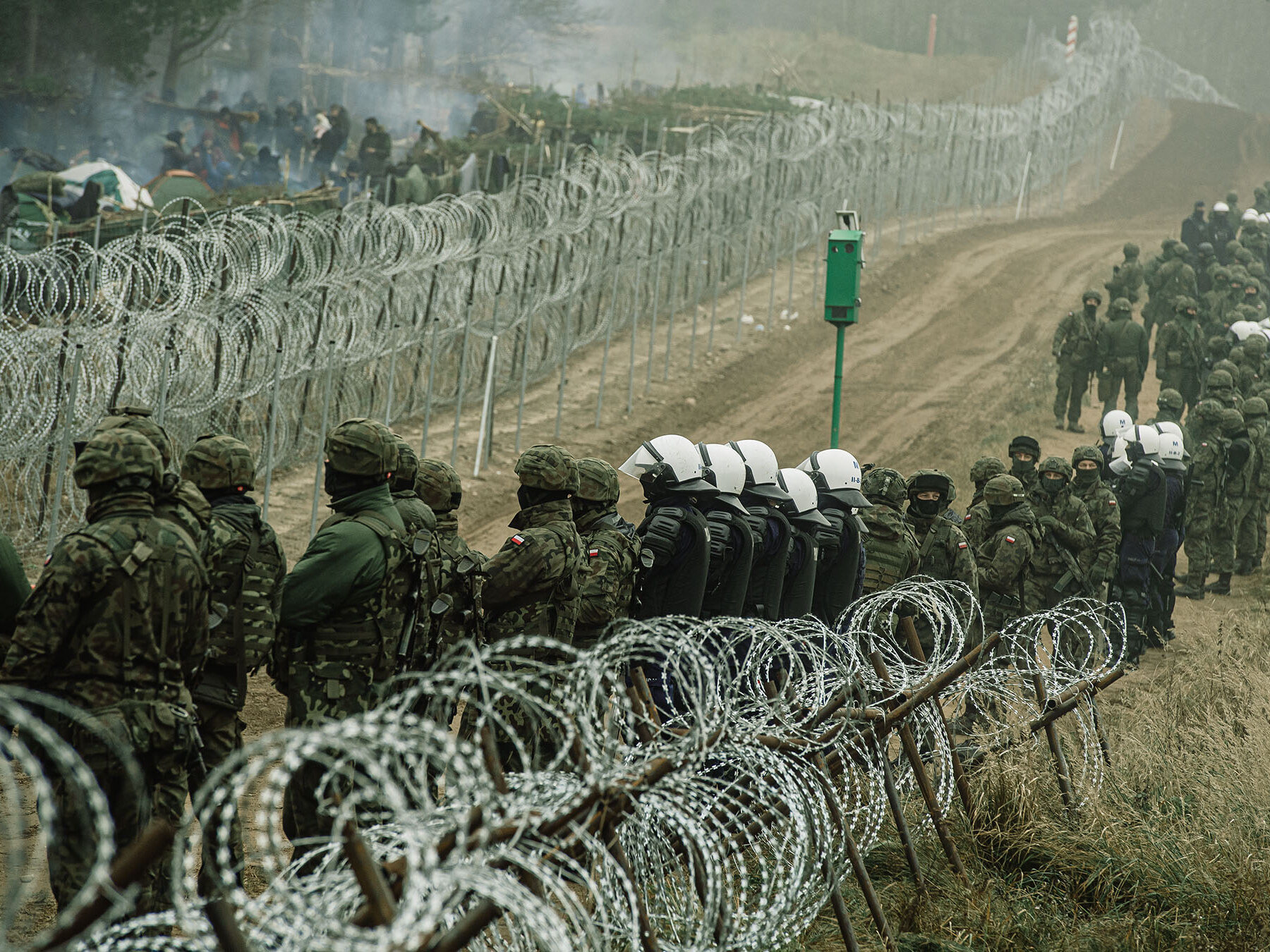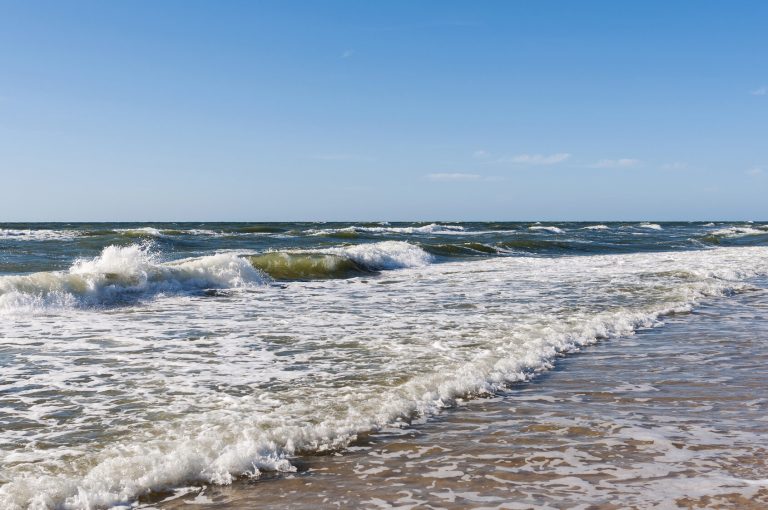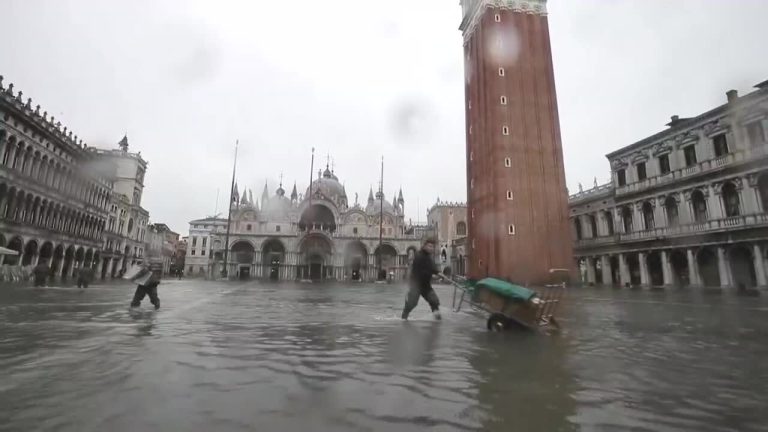Polish-Belarusian border. Scientists in “Science”: The wall may cause more harm than good

“The wall (on the Polish-Belarusian border) may impede the mobility of all large mammals, contributing to the reduction of their genetic diversity and potential conflicts between humans and wild animals” – scientists warn in “Science”. “The losses caused by the presence of the wall may outweigh the expected benefits” – they add. They also list the damage that the increased human presence is already causing to nature.
The construction of a wall between Poland and Belarus is intended to prevent migration across the green border, but it will also have consequences for nature, e.g. because the wall will cross the migration routes of large mammals in the Białowieża Forest. They write about the natural effects of the migration crisis in the east in the latest “Science” representatives of two scientific institutions in Białowieża.
Scientists about the wall on the border: The crisis comes first, but we cannot forget about the impact on the unique ecosystem of the Białowieża Forest
“There is no doubt that in the first place it is a humanitarian crisis and a human tragedy that needs to be resolved” – notes one of the authors of the publication, head of the Białowieża Geobotanical Station of the University of Warsaw, prof. Bogdan Jaroszewicz. – “However, we must not forget that the actions related to this crisis and securing the border have an impact on the ecosystems adjacent to the border, including the unique forest ecosystem of the Białowieża Forest. This impact will be visible for years to come, for example in the form of garbage (food packaging, water bottles, etc.) left in the forest”.
The co-authors of a short text about the threats to nature related to the migration crisis on the Polish-Belarusian border, and the appeal to take into account the needs of nature when trying to solve this crisis, are Dr. Katarzyna Nowak from the same station and prof. Michał Żmihorski from the Mammal Research Institute of the Polish Academy of Sciences.
The authors of the text reminded that thousands of people, mainly from the Middle East, have been trying to get to the European Union through its eastern border for several weeks. Their influx is controlled by the authoritarian regime of Alexander Lukashenko. In response to his actions, the Polish authorities announced a plan to build a permanent barrier along a fragment of the border with Belarus. The law on building security for the state border entered into force on 4 November. In the first half of November, the prime minister announced that work would start in a few weeks. According to the head of the Ministry of Interior and Administration, Mariusz Kamiński, the dam will be built in the first half of 2022. Its estimated cost is PLN 1 billion 615 million, of which PLN 1 billion 500 million is the cost of building a physical barrier, and PLN 115 million of technical equipment (perimetry).
The border between the two countries is 400 km long; the barrier will extend over almost half of it, over a distance of 180 km. The head of the Ministry of Interior and Administration emphasized that there is a barrier “one of the most important elements of a decisive reduction in mass, illegal migration to our country” and added that it is a symbol of the Polish state’s determination to limit mass, illegal migration to our country. “I want to emphasize it very strongly, this illegal migration in our country does not result from natural reasons, as it often happens in the world (…)” – he said. – “We are dealing with an element of hybrid war, it is the Belarusian regime, for political reasons, to destabilize the situation in Poland and the EU, decided to create an artificial migration flow to our country”.
“Border fences are more effective at blocking animal migration than people”
Prof. Jaroszewicz referred, among others, to: on publications (more – HERE, HERE and HERE) from research showing that border fences are more effective at blocking the migration of animals than of people. “Such data mainly comes from the US-Mexico border; although the border between Israel and Palestine is also a good example. In general, the more sophisticated the security, the more sophisticated (and expensive) the people smuggling methods are.” – he commented.
Arguments are provided, for example, by a study from 2014, the results of which were published in “PLOS One”, in which Jamie McCallum from the British University of Bristol, and at the same time a consultant of the London company Transfrontier International Limited, and his colleagues from the Zoological Society of London conducted research on the border between USA and Mexico. From May 2010 to March 2011, scientists observed the presence of people and animals there. Some of the studied areas were open. However, at four of the surveyed sites there was already a steel fence 4-5 meters high, stretching for at least a kilometer.
Using 36 camera traps, the researchers collected data on the presence or absence of 17 different species of native and alien mammals, including deer, skunks, black bears, lynxes, cattle, dogs and horses, and humans. The latter were classified based on their appearance, among others: as representatives of the services, smugglers or people migrating illegally. The authors of the study assessed how much each species can move despite the presence of the wall, without its presence, and in an open area (an area with a radius of 500 m from the end of the fence).
Analysis of data on native mammal species revealed that animals such as pumas and coatis were more likely to appear in less sealed (barrier-less) zones. This may mean that the fence is an actual barrier for these animals, the study authors suggest.
At the same time, as many as 283 photos captured people (726 of them were counted). The probability of the presence of smugglers and migrants near the wall and in undeveloped areas was the same, scientists reported after analyzing data from camera traps. McCallum himself admits that he was surprised that the tightness of the wall had no impact on the presence of people. “I thought it would have at least a minor effect on them – even if the finding didn’t turn out to be statistically significant. But apparently that’s not the case.” – he emphasized.
Scientists in “Science”: A humanitarian tragedy is becoming a serious threat to the Białowieża Forest itself
Scientists in “Science” Meanwhile, they draw attention to an additional aspect of the construction of the wall – they note that “the humanitarian tragedy is becoming a serious threat to the Białowieża Forest itself”. They remind us that the forest, stretching on both sides of the Polish-Belarusian border, is on the UNESCO World Heritage List and is one of the last major fragments of the primeval forest of the European lowlands. “The losses that the presence of the wall will bring may outweigh the expected benefits.” – they warn.
This includes, among others: connection with the presence of unique populations of large mammals in the Białowieża Forest.






